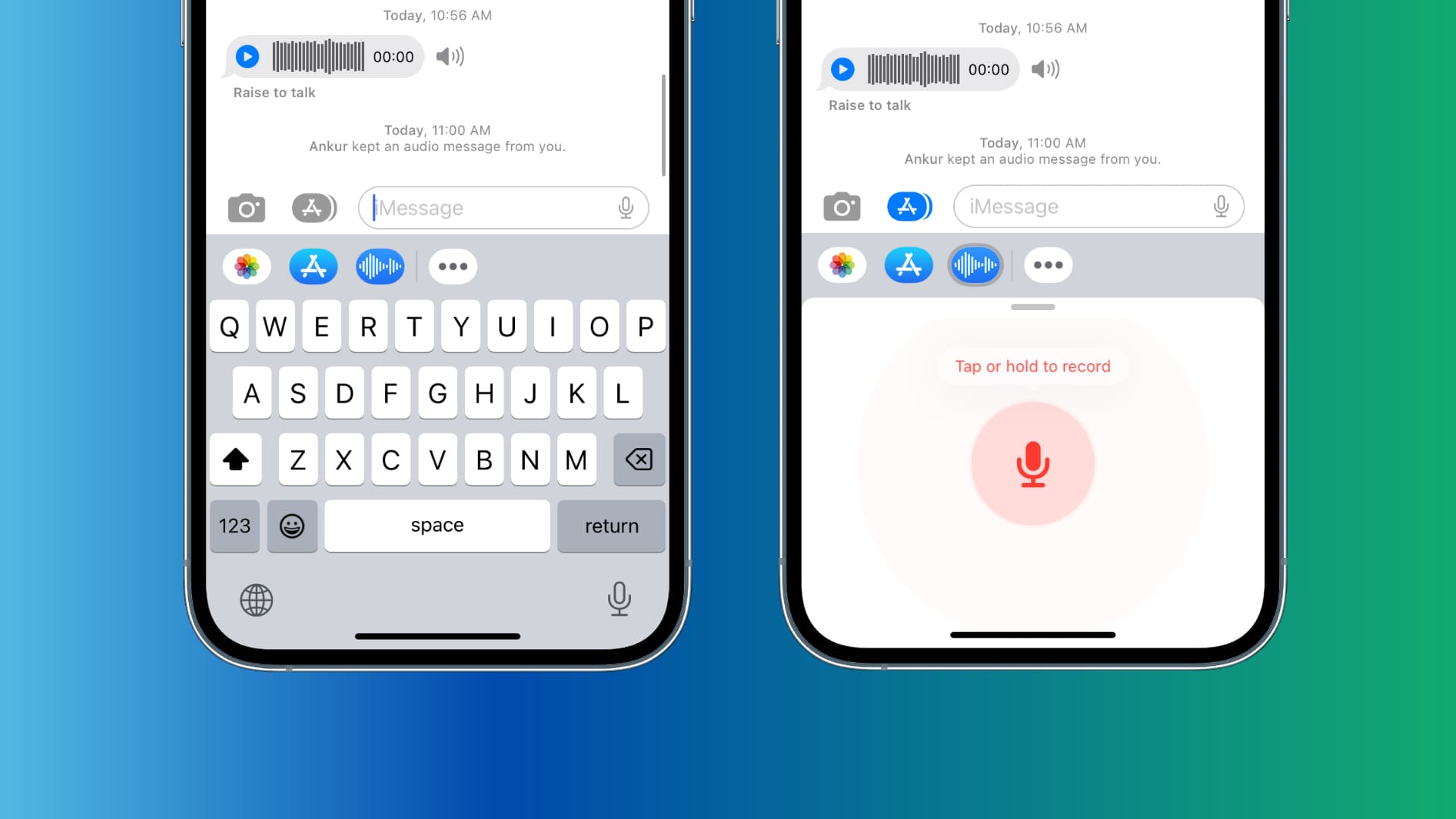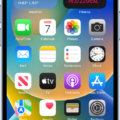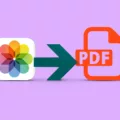Are you looking for a way to retrieve audio messages on your iPhone? If so, you’ve come to the right place. In this blog post, we’ll explain how to access and save audio messages on your iPhone.
If you’re running iOS 12 or later, all saved messages are stored in the Messages app. To view them, open the Messages app and select the conversation containing the audio message. Then tap on the media file that contains the voice message. You can listen to it and save it if you wish by pressing “Keep” at the bottom of your screen.
For versions of iOS earlier than 12, audio messages are stored in the Voice Memos app. To access them, open Voice Memos and select the recording you wish to view. You can then listen to it and save it by pressing “Download” at the bottom of your screen.
In order to ensure that audio messages are not automatically deleted from your phone after two minutes, go to Settings > Messages > Expire (below Audio Messages), then tap Never. This will allow you to keep audio messages indefinitely if desired.
We hope this guide has helped you learn how to retrieve and save audio messages on your iPhone! If you need any further assistance with this process, feel free to contact us via our website or social media channels for additional help.

Where Audio Files from Messages are Saved on an iPhone
If you’re running iOS 12 or later, any audio files sent to you through the Messages app will be stored in the Messages app itself. To access them, open the Messages app and tap on the conversation containing the audio file. Then, tap on the audio file that appears in the conversation and it will play back for you.
If you’re running a version of iOS earlier than version 12, audio files from messages will be stored in your Voice Memos app. To access them, open the Voice Memos app and look for an entry labeled “Messages”. Tap on that entry to see all of your saved audio files from messages.
Retrieving Lost Audio Messages
The first step to retrieve lost audio messages is to check your Google Drive application. It’s likely that any audio messages you’ve previously sent or received are stored on your Google Drive. To locate and open the Google Drive app, look for it on your phone’s home screen or search for it in the app store. Once the app is opened, navigate to “My Drive” and select “Audio files” from the list of items there. From that list, you should be able to find and download any missing audio messages.
If you don’t find your audio messages in Google Drive, then try checking for them in any other cloud storage accounts that you have set up on your phone. Additionally, some messaging apps like WhatsApp also store audio messages on their respective servers, so make sure to check if they have stored a copy that you can access and download. If all else fails, contact your mobile service provider as they may be able to assist in retrieving lost audio messages from their servers.
Finding Audio Messages in iMessage
To find audio messages in iMessage, open the Messages app on your iPhone. Select the conversation with the audio message you want to listen to. Tap the media file associated with the message and it will begin playing. If you have multiple audio messages in the same conversation, you can find them by scrolling through the conversation and tapping on each media file.
The disappearance of iPhone Voice Messages
IPhone voice messages disappear because they are set to automatically expire two minutes after you listen to them. This is a setting that can be managed in the Messages app, under the “Expire” section. If you choose to keep the audio message, you may select the “Never” option so that it will not disappear.
Saving Audio Messages on iPhone
Yes, audio messages are automatically saved on iPhone when you use the Voice Memos app and iCloud. Your recordings will appear and stay up to date across your iPhone, iPad, and Mac devices where you’re signed in with the same Apple ID, and Voice Memos is turned on in iCloud settings or preferences.
Saving Audio Messages on an iPhone
Yes, audio messages are saved on your iPhone. By default, these audio messages will be stored in the iMessage app and will automatically expire (and be deleted) two minutes after you listen to them for the first time. However, you can change this setting so that the audio messages remain saved on your device until you manually delete them. To do this, go to Settings > Messages > Audio Messages and select “Never” or “Expire”. This will ensure that all audio messages remain saved on your device until you decide to delete them.
Do iPhone Audio Messages Have an Expiration Date?
Yes, by default iPhone audio messages do expire. After you send or receive an audio message, it will automatically be deleted after two minutes. However, you can save the audio messages permanently by doing a few simple steps. On your iPhone or iPad, open the Messages app and navigate to the conversation containing the audio message you want to save. Tap and hold on to the message until a “Send” option appears at the bottom of your screen. Tap on the “More” option next to it. A list of options will appear where you can select as many messages as you’d like. Finally, tap on the “Save” button located in the lower-left corner of your screen and all selected audio messages will be saved in your Photos app.
Conclusion
In conclusion, it is possible to retrieve audio messages on an iPhone by accessing them from the Messages app. If you are running iOS 12 or later, the audio messages will be stored in the Messages app, while if you are running an earlier version of iOS they will be stored in the Voice Memos app. Additionally, you can save space by setting your audio messages to expire after two minutes or choose to keep them forever through the settings menu.








